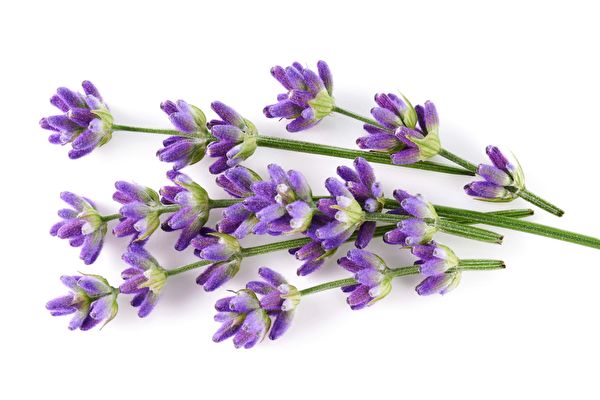At home, kitchen waste is not completely useless; it can be used for composting, serving as fertilizer for plants. If you have lavender growing in your garden, there are four types of kitchen waste that can help this fragrant herb bloom more beautiful light purple flowers. Let’s see what the experts have to say.
Although lavender can survive in soil with limited nutrients, giving this plant a bit of fertilizer can help it thrive.
It’s worth noting that over-fertilizing lavender can result in excessive leaf growth without flowering, and may even lead to plant death. This doesn’t mean lavender doesn’t need fertilizing at all; it should be fertilized correctly.
Stephanie LeBlanc, a gardening expert who manages the blog “Celebrated Herb,” says, “Lavender plants don’t need a lot of nutrients, but you can still provide them with some extra nutrition using kitchen waste.”
LeBlanc shared several types of kitchen waste that can be used to fertilize lavender:
LeBlanc suggests that using used coffee grounds is an excellent source of nitrogen, which is crucial for plant growth. Simply sprinkle a small amount of coffee grounds at the base of the lavender plants and mix with the soil.
Banana peels are rich in potassium, promoting root growth and flowering in plants. After chopping banana peels into small pieces, bury them around the base of the lavender plants in the soil.
Vegetable scraps like carrot tops and lettuce leaves can be used to make compost, providing additional nutrients to lavender. Simply place them in a compost bin and wait for them to decompose into nutrient-rich compost.
Eggshells are rich in calcium, which can prevent plants from developing blossom-end rot, where fruits develop rotten ends and brown, leathery spots. Just sprinkle crushed eggshells around the base of lavender plants.
LeBlanc emphasizes that for lavender plants, kitchen waste should not be the sole source of nutrients, and their use should be moderate to avoid over-fertilization.
As for the best time to fertilize lavender, LeBlanc says it is when lavender begins its growing season, usually in early spring. Fertilizing at this time provides the necessary nutrients for healthy lavender growth.
Apart from beautifying the environment, planting lavender has additional benefits. Here are some benefits outlined by the UK’s Daily Express:
• Lavender emits a light, pleasant fragrance in your garden. Its scent is fragrant but not overpowering, making it a favorite among many people.
• Lavender’s aroma attracts beneficial insects like bees and butterflies, aiding in pollination. This can create a better ecological environment in your home, benefiting other plant species as well.
• Lavender can repel pests such as mosquitoes, flies, and moths, as well as deter mice and cats that may harm plants. The scent of lavender keeps them away.
• Lavender is edible and can be used to make bread, cookies, candies, or added as a spice to dishes. It can also be paired with lemon or honey to create various beverages.
• Lavender also has health benefits. For example, its aroma can reduce anxiety, induce calmness, and help alleviate stress and headaches.
Previously reported by Da Ji Yuan, a study from the University of California, Irvine, found that elderly individuals experienced remarkable cognitive improvement when exposed to the scents of lavender and seven other fragrances while sleeping at night.

